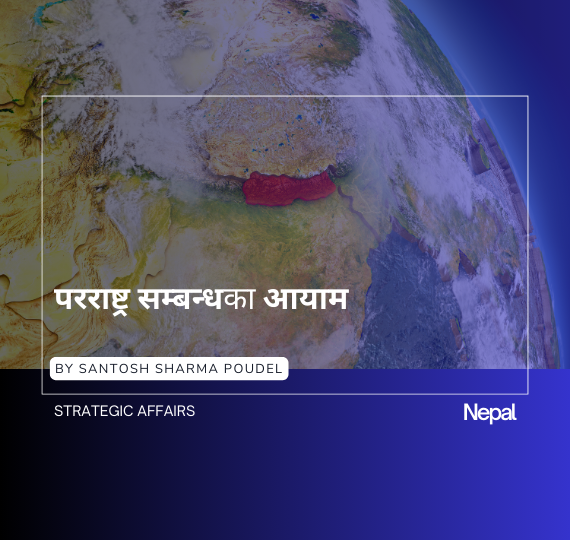Trail bridges affect the mobility and socioeconomic conditions of Nepalis, most significantly across the country’s rural areas. Currently, there are over 7,500 trail bridges in Nepal benefitting approximately 14 million people, almost half of the country’s entire population.
As per some analysis, Nepal still needs 2,400 new trail bridges to ensure that all citizens have quick and easy access to basic services like education, health, and markets within an hour’s detour. Post Bridge Building Assessments 2015 reveals that women predominantly use the bridges for household tasks, including gathering fuelwood and fodder. But, there have been delays in the construction process of trail bridges owing to rugged terrain, bureaucratic impediments, and limited financial and technical resources. This affects the lives of many Nepalis, particularly of the women who live across the country’s rural parts. It leads to a disproportionate impact on women, limiting their ability to access essential services, economic opportunities, and safety. Nepali women still lag behind the rest of the countrymen in terms of socioeconomic growth and human development aspects. This issue needs more attention from the key stakeholders, including the Government of Nepal, the private sector, development partners, media, and civil society among others.
In one of NIPoRe’s ongoing projects, we have been working with our partners and researchers to assess the socioeconomic impacts of trail bridges on the lives of local communities across 77 districts of Nepal. Being a part of the research team, I had an opportunity to witness the struggles and challenges that women in Nepal’s rural areas face on daily basis. For example, during my field visit to various remote areas across some of the districts situated across all three geographic areas (Terai, Hill, and Mountain), I could see the rural women carrying heavy loads on their backs along with their kids while crossing rivers and walking along unsafe modes of transportation (phadkey).
During the focus group discussions (FGDs), the women participants shared their experiences of how delays in the construction of a trail bridge impact their lives and limit access to essential services, markets, education, healthcare, and social mobility. For example, women expressed facing challenges in accessing markets and ward offices, which have severely limited their ability to take advantage of all available opportunities. In addition, due to the delays, they were forced to remain absent from major programs and training which mostly have been held on the other side of the rivers. On top of that, women are obliged to take a detour of about two hours to reach another forest to collect fodders and fuelwood during the monsoon season.
The lack of trail bridges has also limited women’s easy access to locally available healthcare services. A member of a women’s group (Aama Samuha) from Sabhapokhari Rural Municipality of Sankhuwasabha District shared that, pregnant women walk long distances or rely on unsafe modes of transportation (phadkey) to reach the nearest health post, leading to numerous complications during pregnancy and childbirth.
The FGDs with the local health management committee (HMC) reiterated that the dangerous river crossing posed difficulties for female community health volunteers (FCHVs) administering important health services across Nepal’s villages such as vaccination programs, family planning, and health education. Women’s stories like these are relatable for most communities across rural parts of the country.
In the meantime, these voices are from areas where the construction of at least one trail bridge has started but are yet to be completed. Despite the difficulties that these women face (due to the absence of a bridge) they are hopeful and eagerly anticipating the construction’s completion. They believe completion of construction would bring positive changes to their lives and the whole community.
Various studies show that the trail bridge construction provides women with economic opportunities through wage labor. Almost one-third of the individuals participating in trail bridge construction are women. It improved access to healthcare, markets, and jobs once the trail bridge is completed. Moreover, women are involved in planning and decision-making for trail bridge construction. At least 50% women representation is mandatory in the user committee and at least one woman should be in a leadership position (i.e., as committee chair, secretary, or treasurer). Several case studies demonstrate how the trail bridge program is empowering women’s full participation and leadership. Hence, prioritizing the construction of these trail bridges on time can go a long way in mitigating the negative impact on the well-being and livelihoods of rural women in Nepal.
This blog is a part of NIPoRe’s blog series on Women’s History Month 2023.




